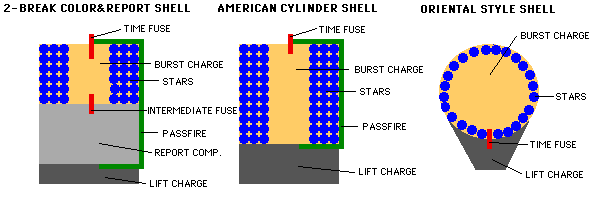“Celebrate the independence of your nation by blowing up a small part of it.” -Summer of 4 ft. 2; The Simpsons
There are few things as closely associated with American independence as our willingness and eagerness to celebrate with fiery explosions. I refer, of course, to the unique spectacle of fireworks, first developed nearly a millennium ago halfway across the world.
But these displays don't happen by themselves; there's an intricate art and science required to deliver the shows we all expect. So what's the science behind fireworks?
From the shape to the height to the color and even the sound, find out all of it on today's Throwback Thursday, just in time for July 4th!
- Log in to post comments



Another bit of physics with fireworks that most of the scientifically minded readers on here probably already know, but those without scientific background may not. It is possible to determine how far away a firework is igniting in much the same way that you can do so with a lightning strike. Wait for one of the bright white flashes, followed by a loud boom. You will see the white flash before hearing the boom. Measure the time (or estimate it) between seeing the flash and hearing the boom. The distance to the firework is approximately 0.2 miles per second of time delay.
Of course, this occurs because sound travels much more slowly than light. We see the flash essentially instantly, but the sound of the boom travels much more slowly. The distance you get from this measurement is the total distance, which includes the height. If you happen to be right under the fireworks display (as I happen to be for our local town's display), you can get an approximate height of the display. I would estimate from past displays it's about a quarter of a second delay, which is pretty consistent with the heights for small displays that Ethan's article quotes - about 300 feet.
It's nice you celebrate the French beating the British in a relatively unimportant side-show war in the late 18th Century.
You'll notice they won't celebrate the war against Canada.
Likewise, Canada don't feel the need to thump their chest and celebrate it either.